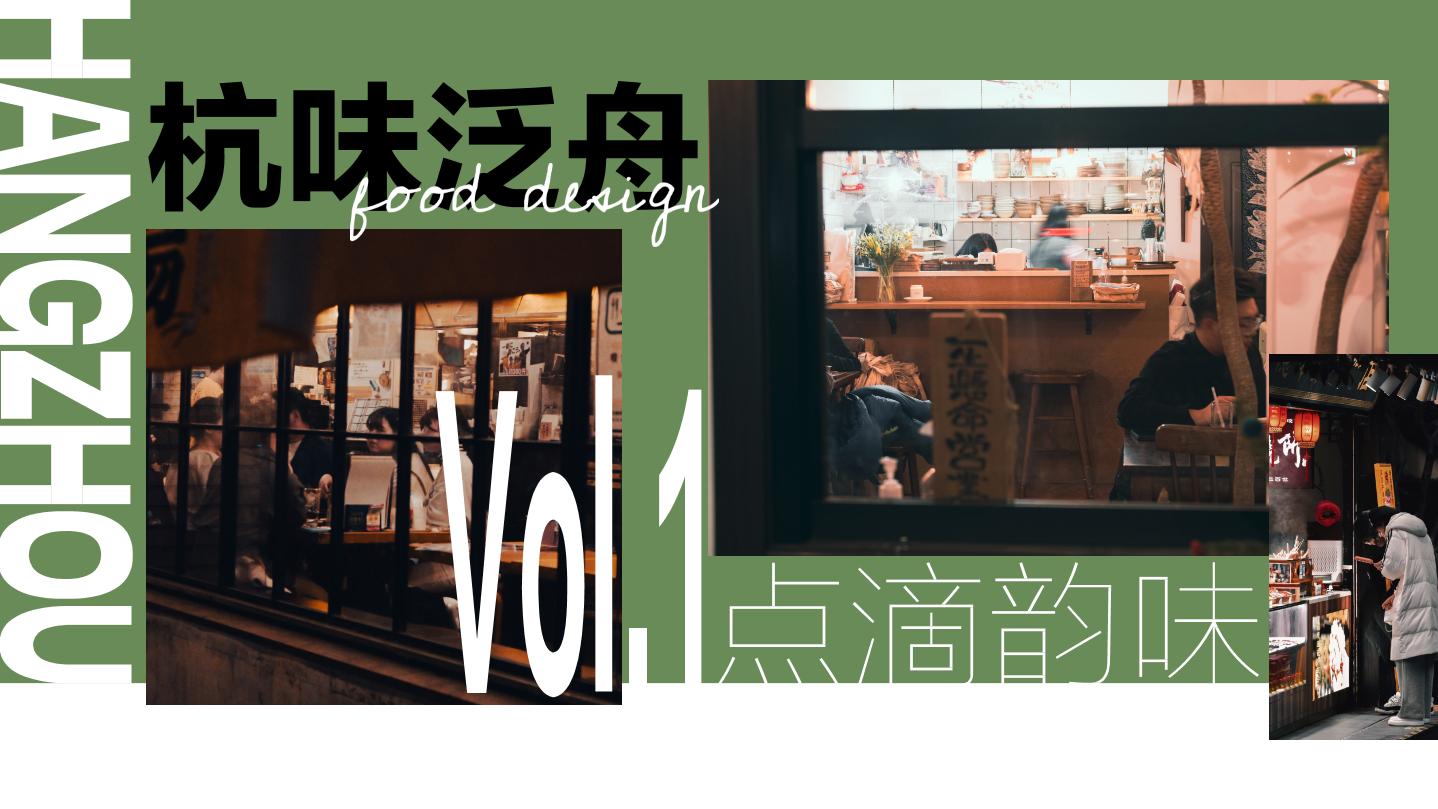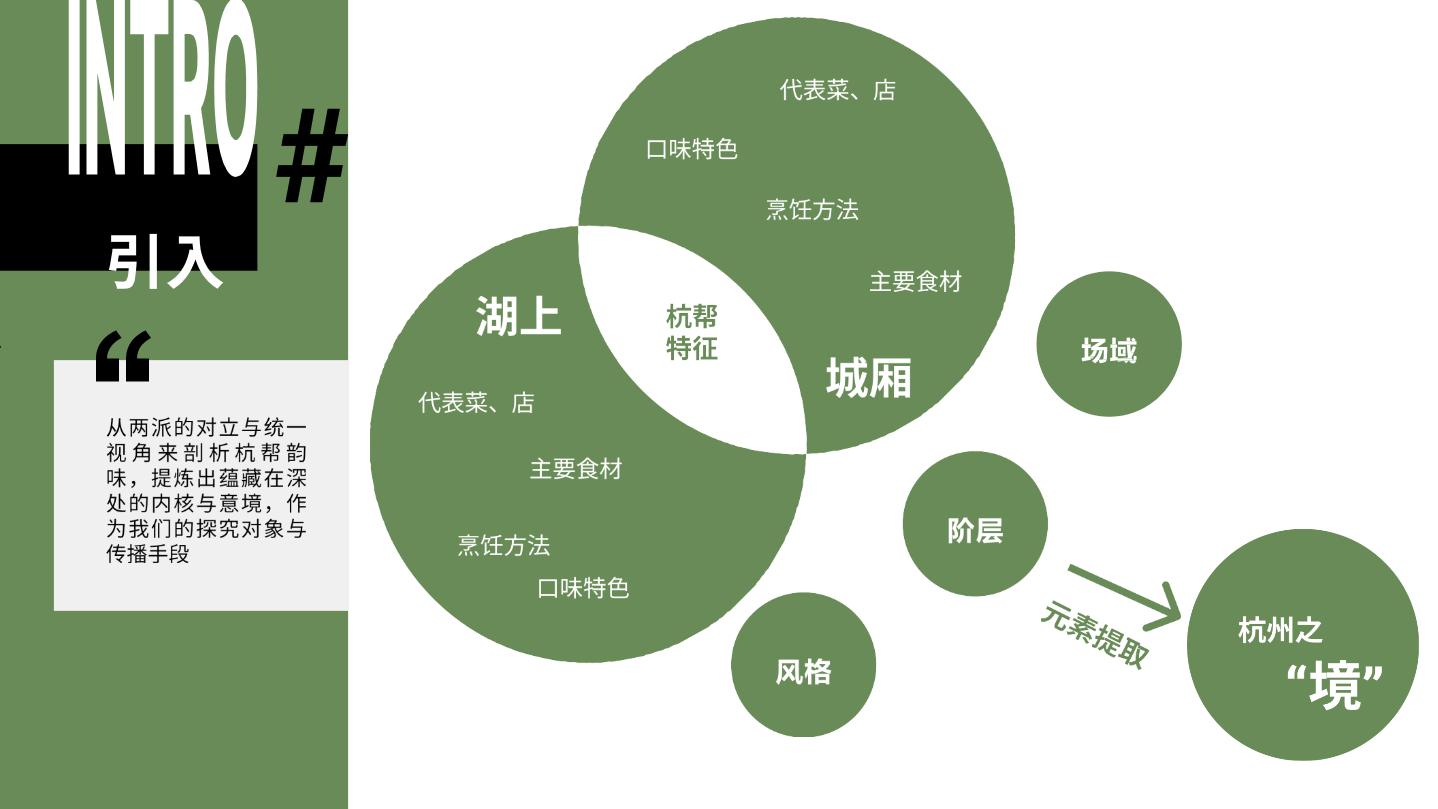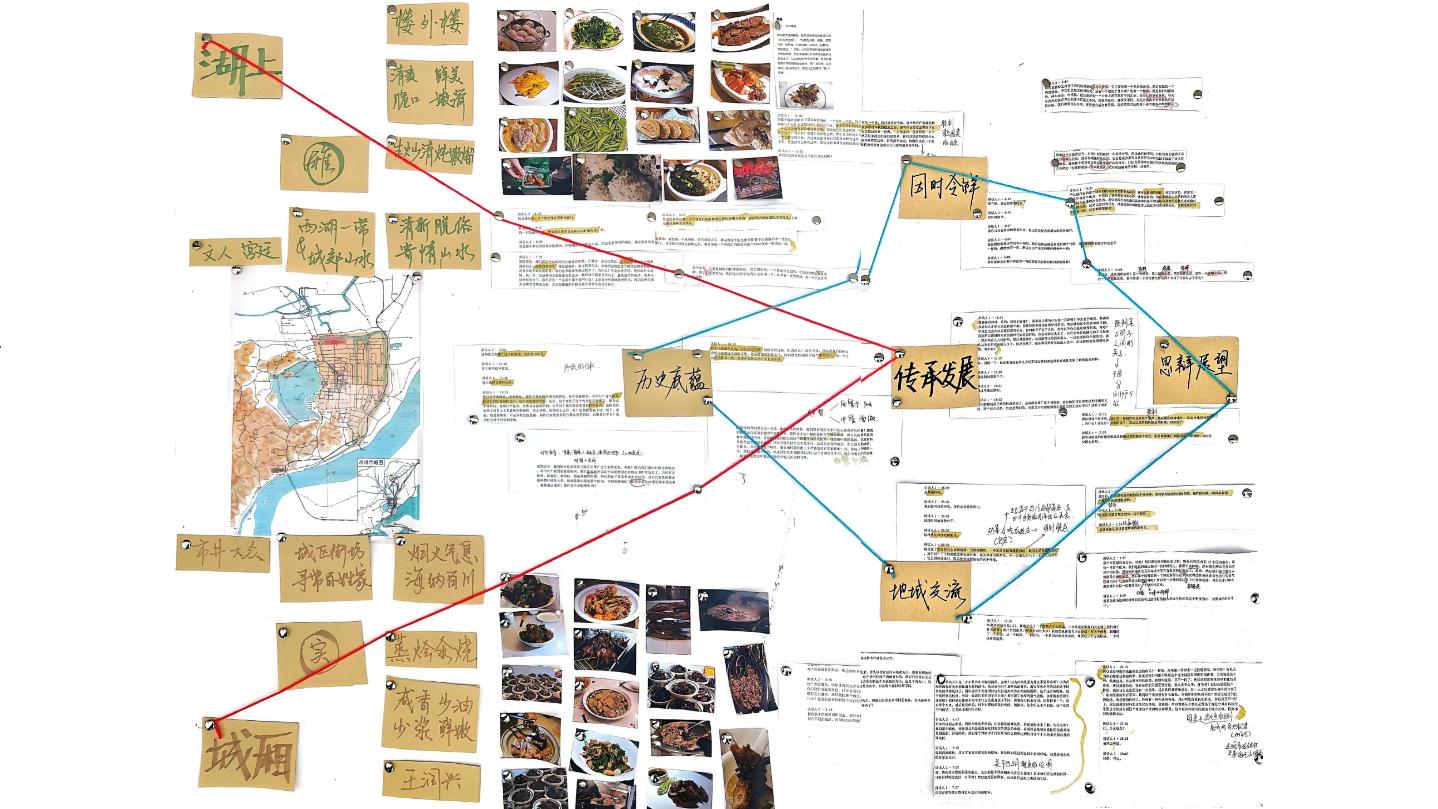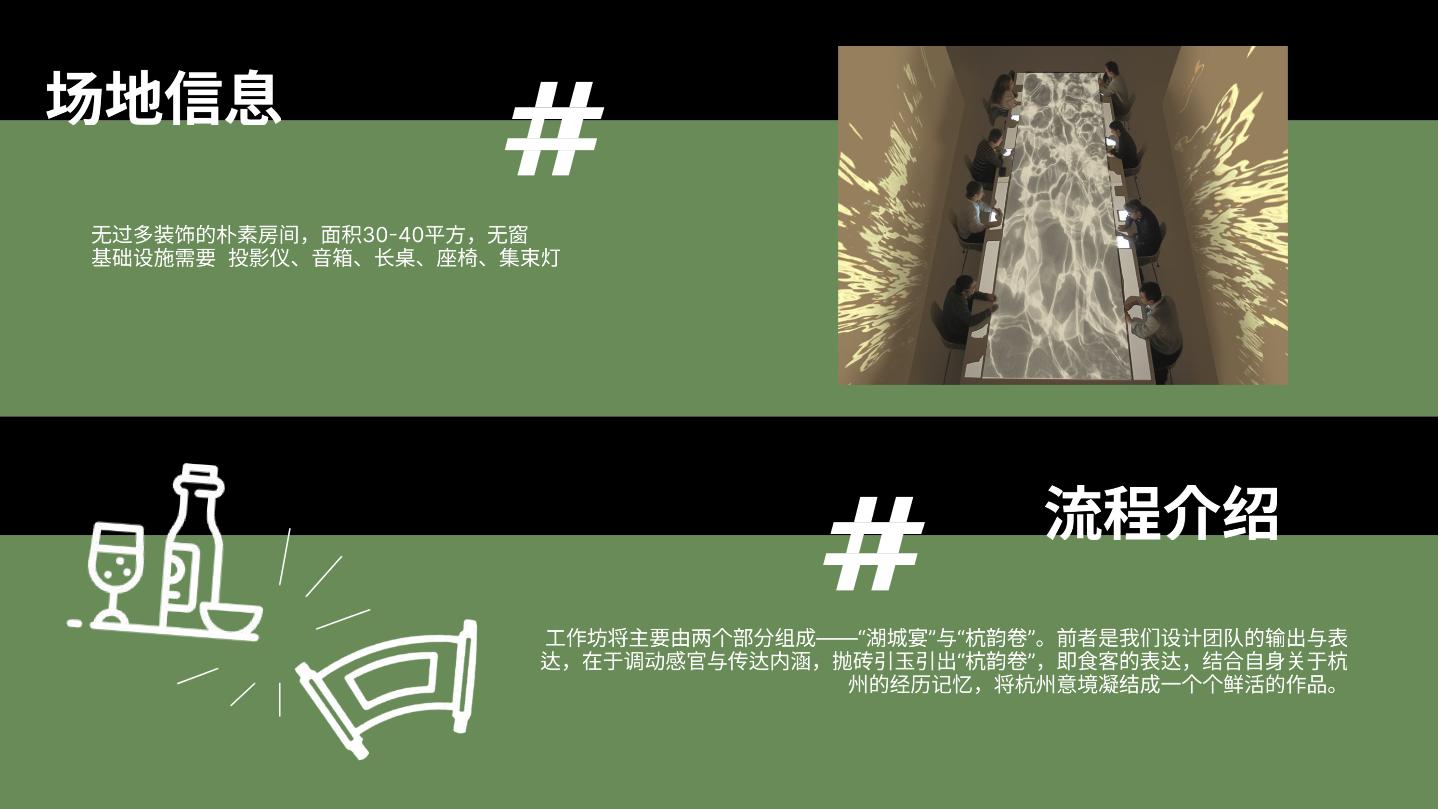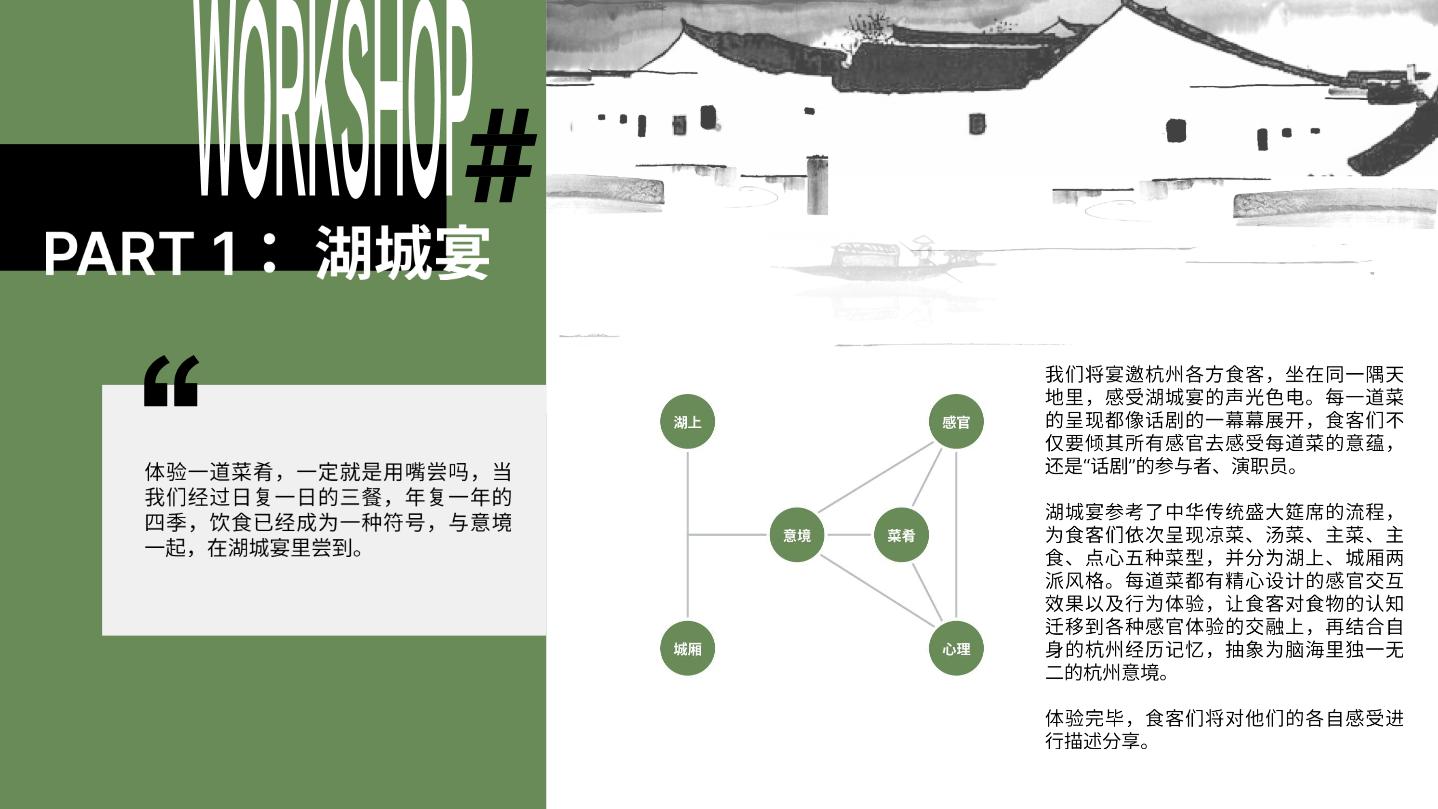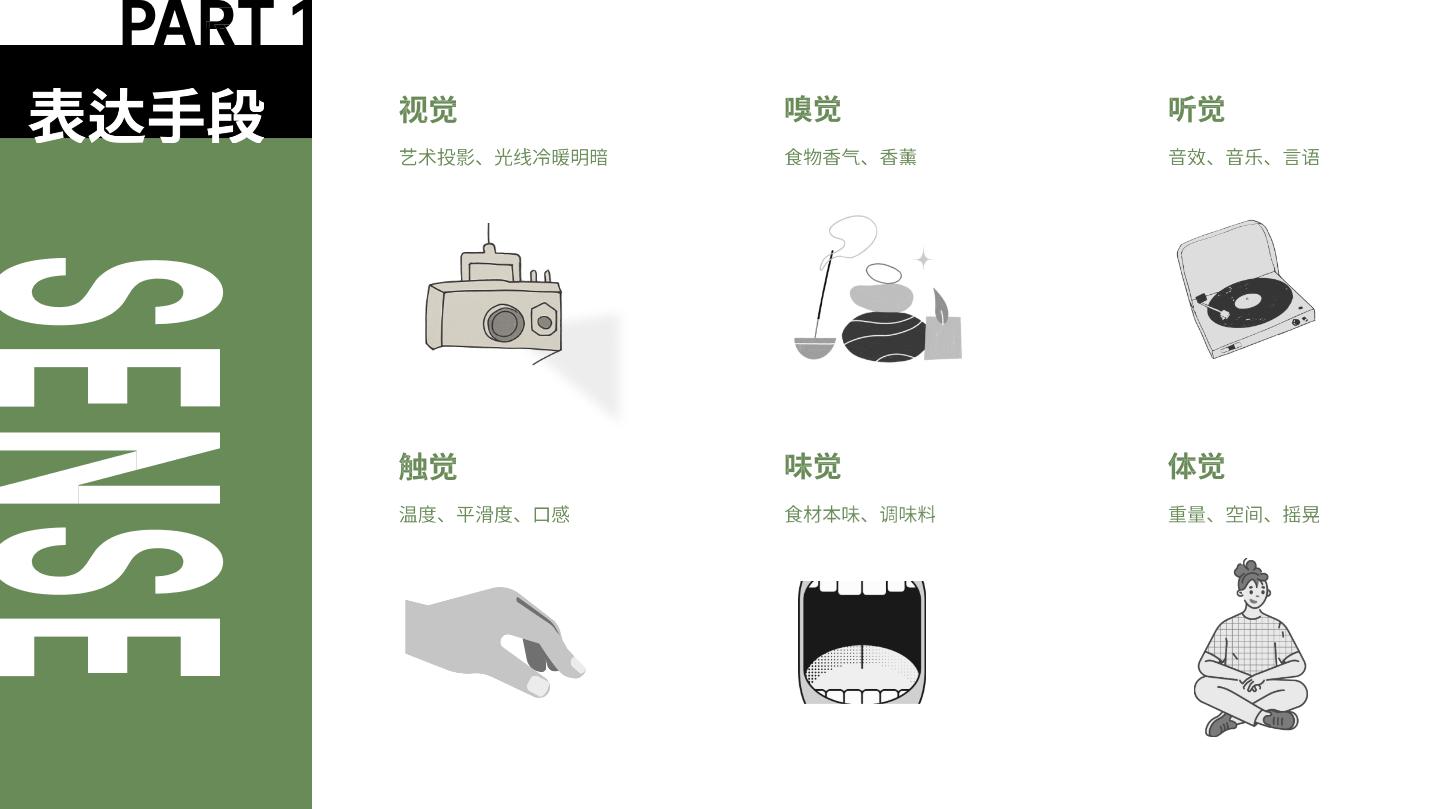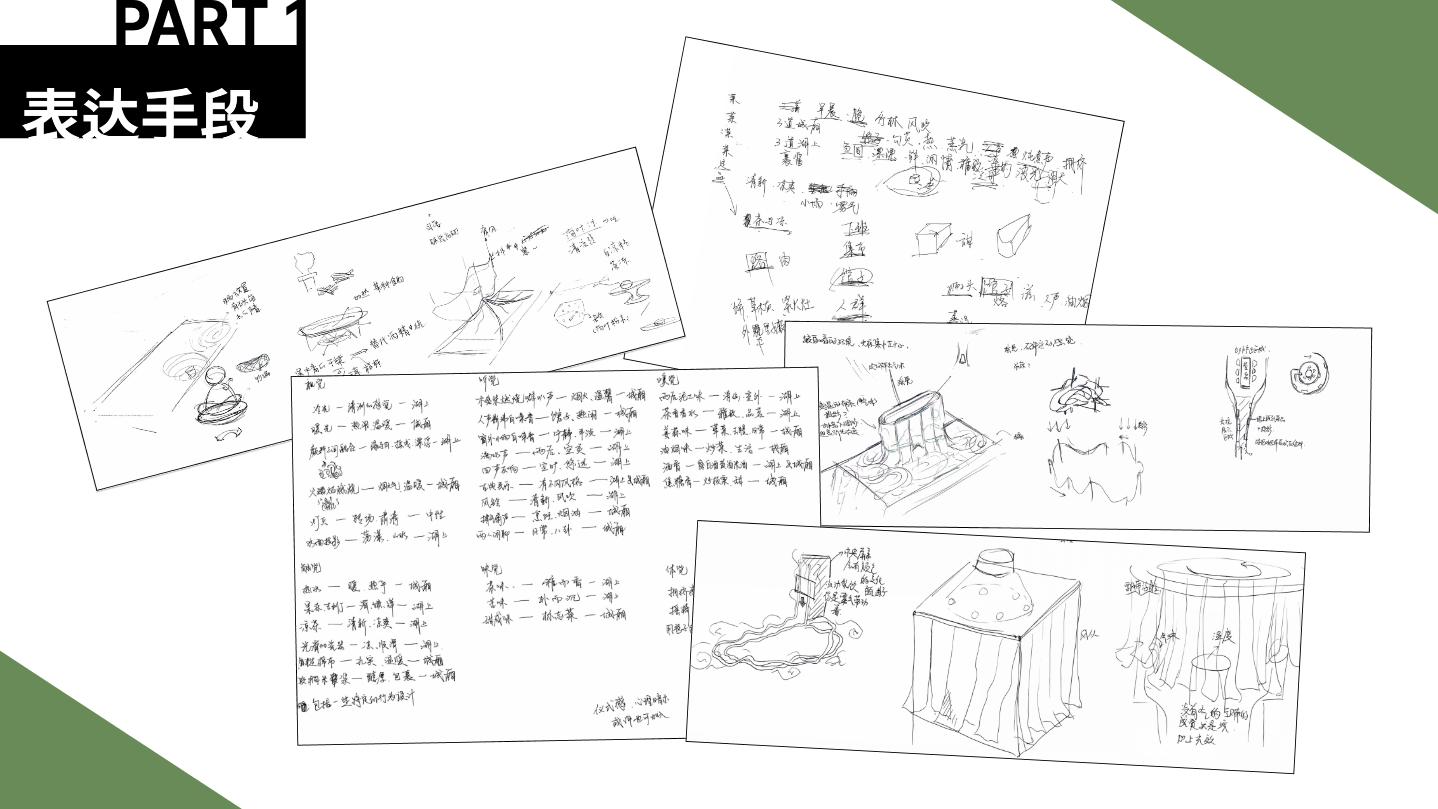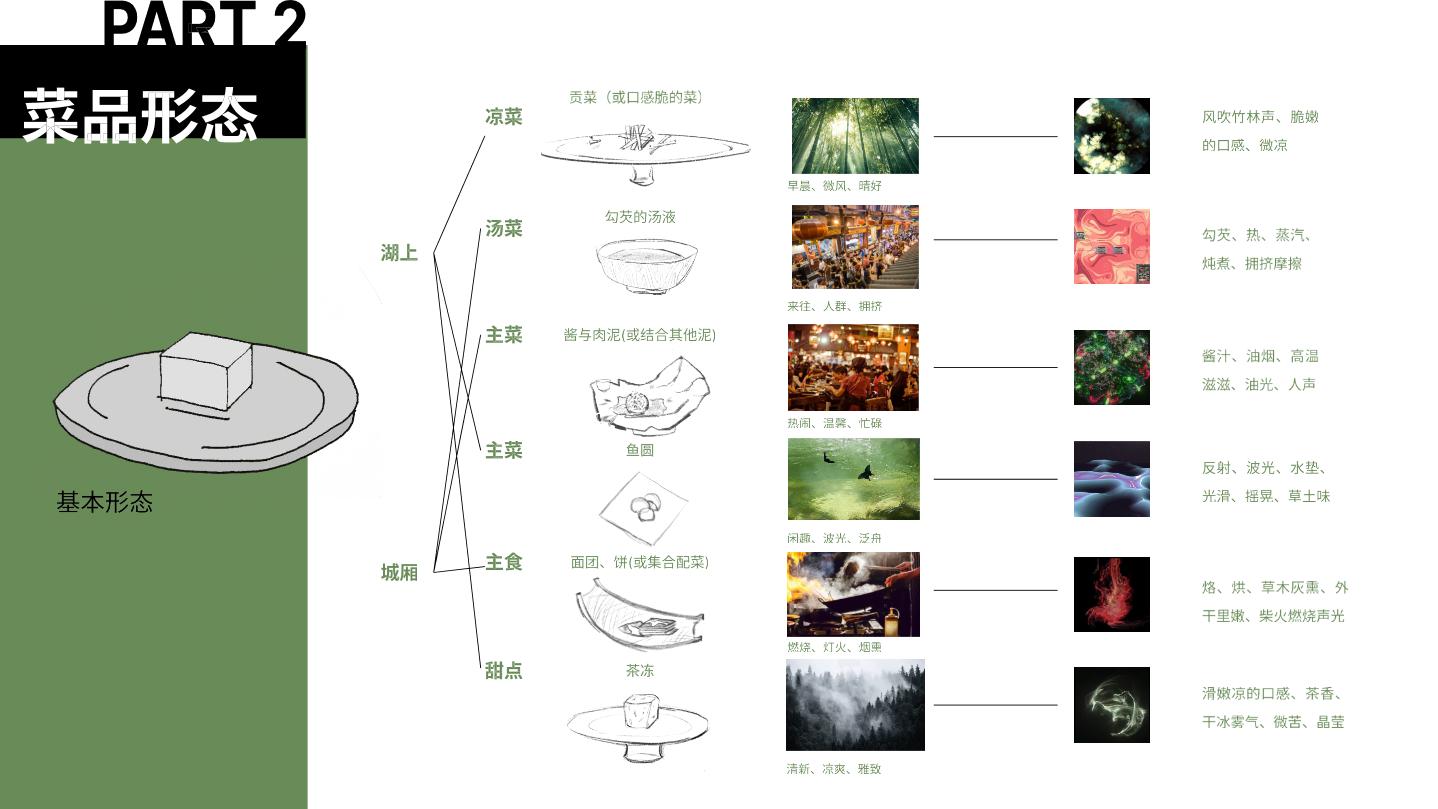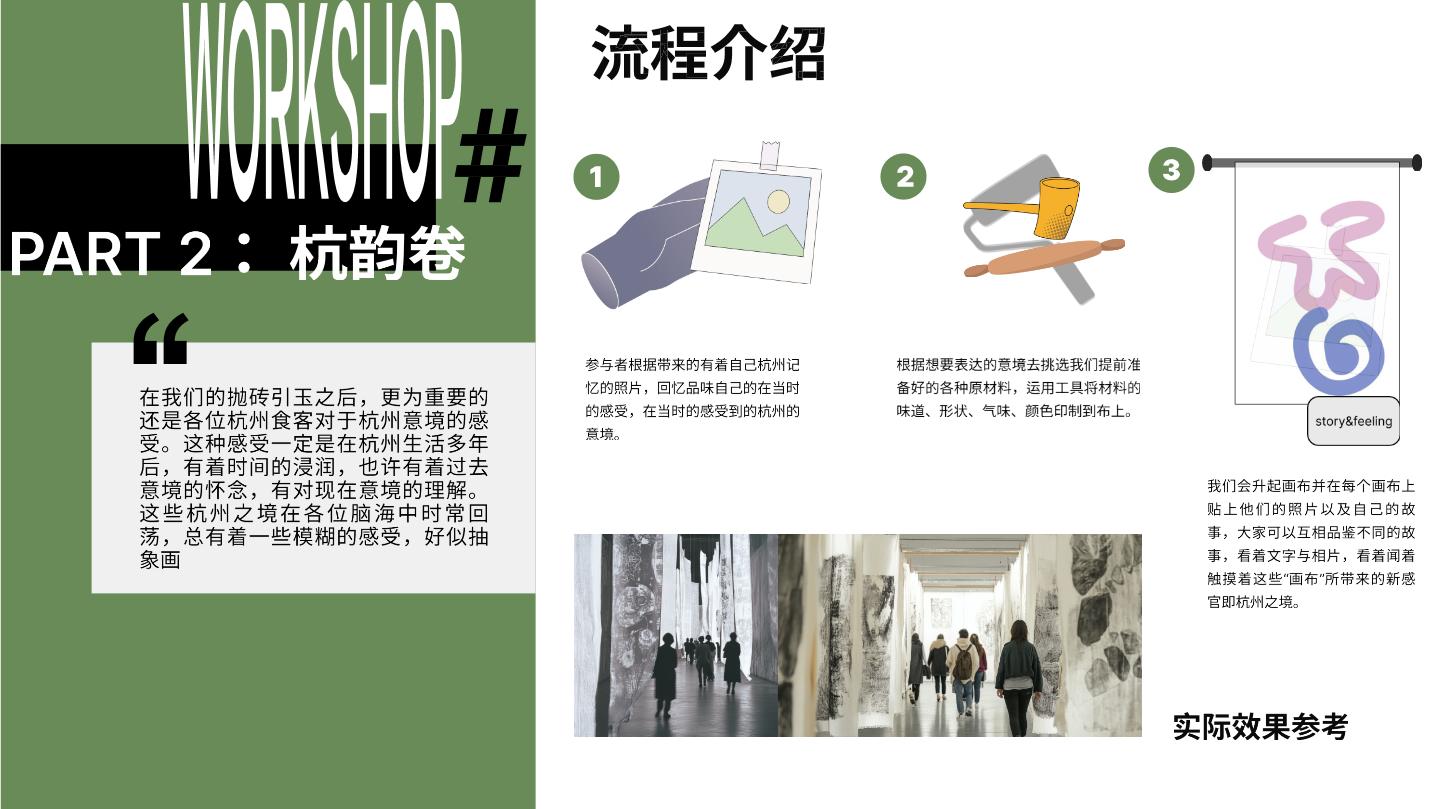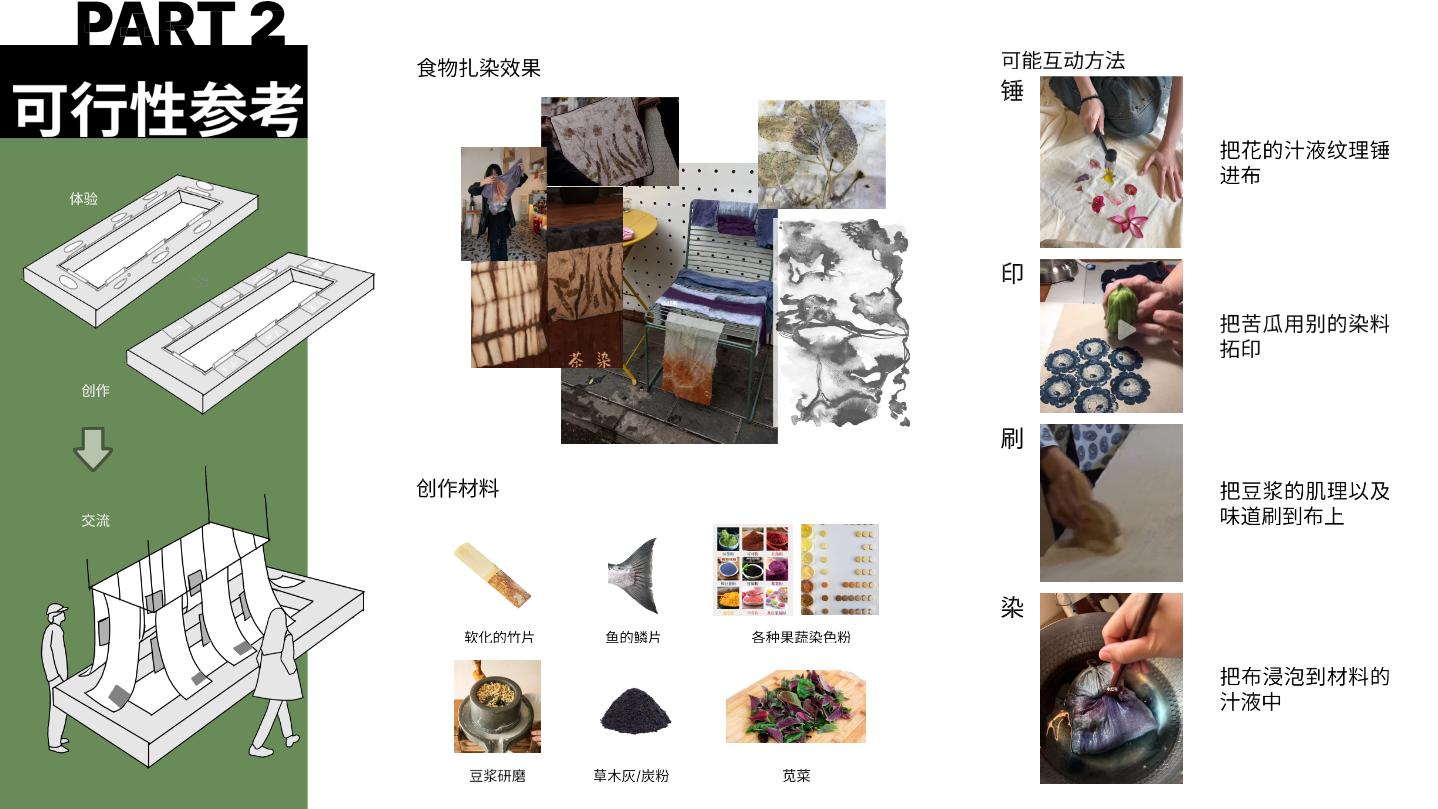Activity process video
Process real shot
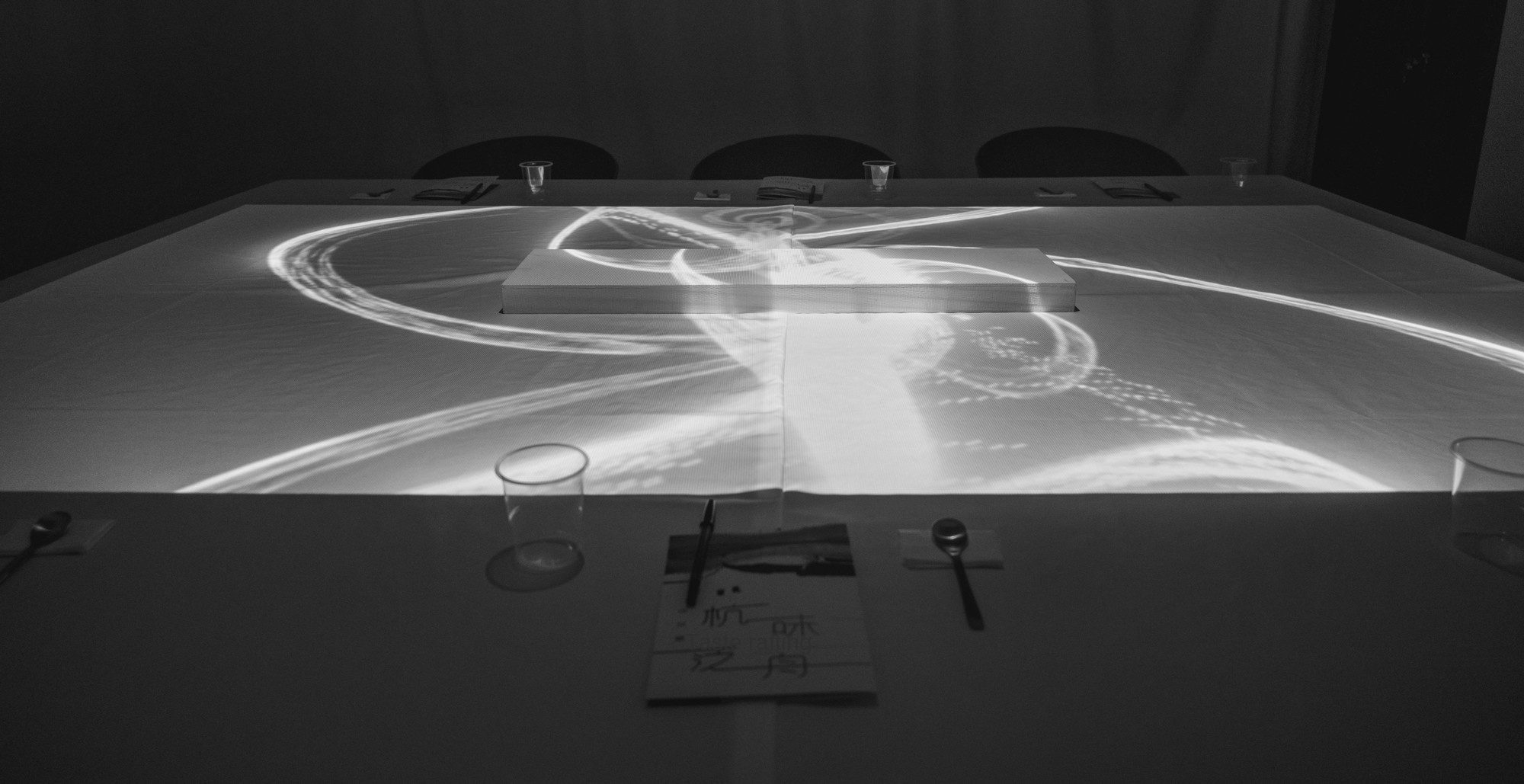
Site Photos
Before the activity starts
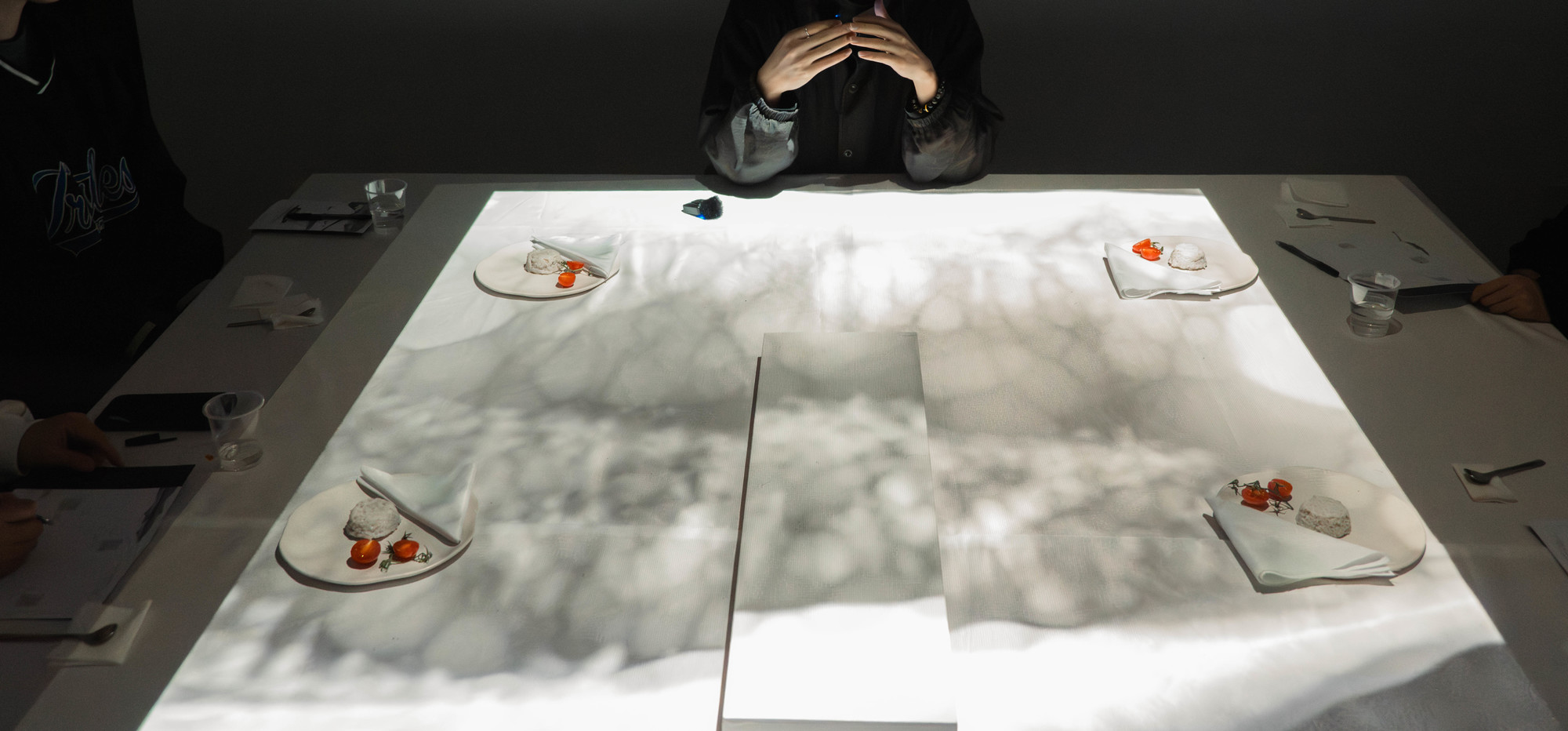
Site Photos
Second course, float
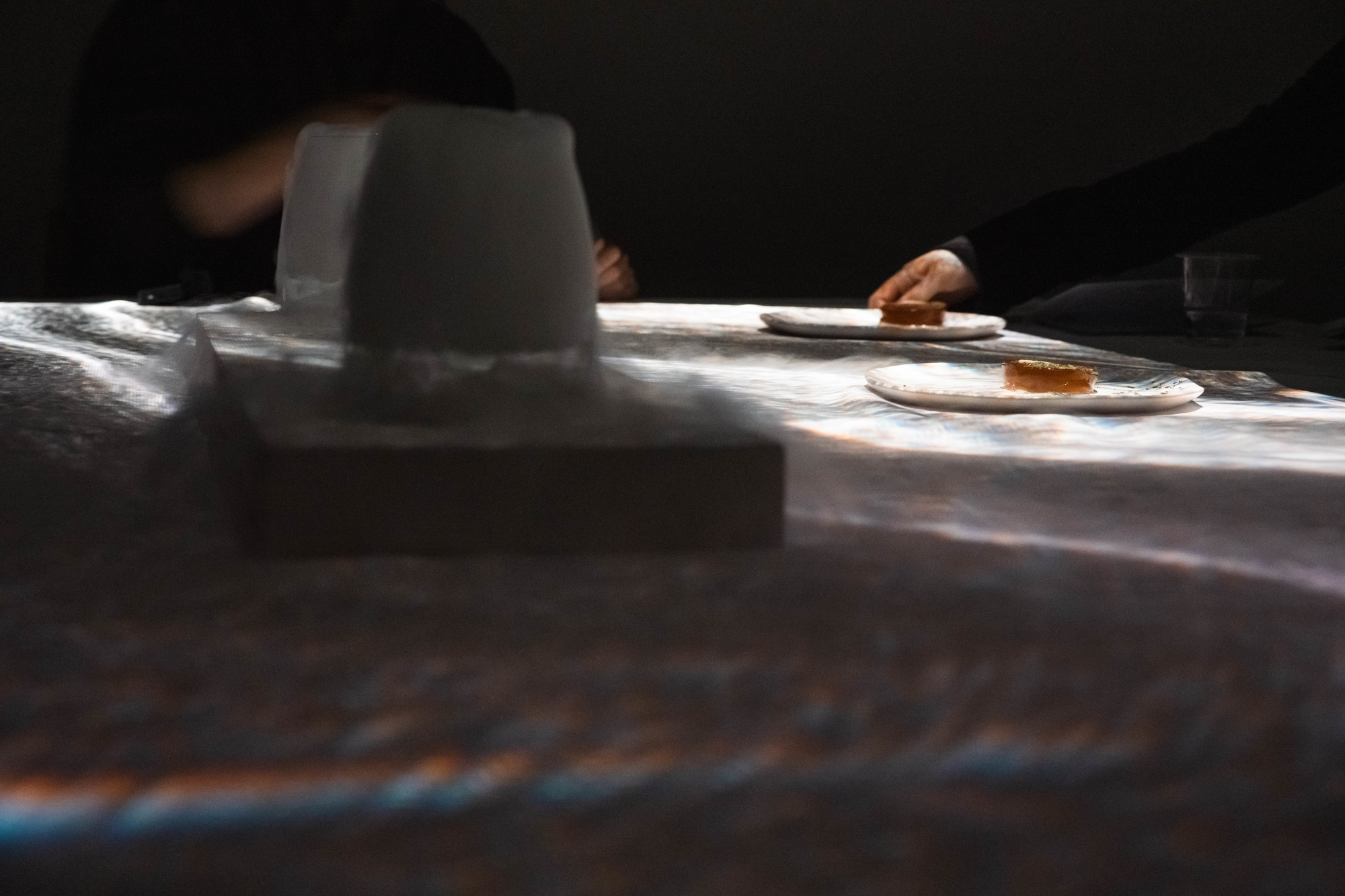
Site Photos
Fourth course
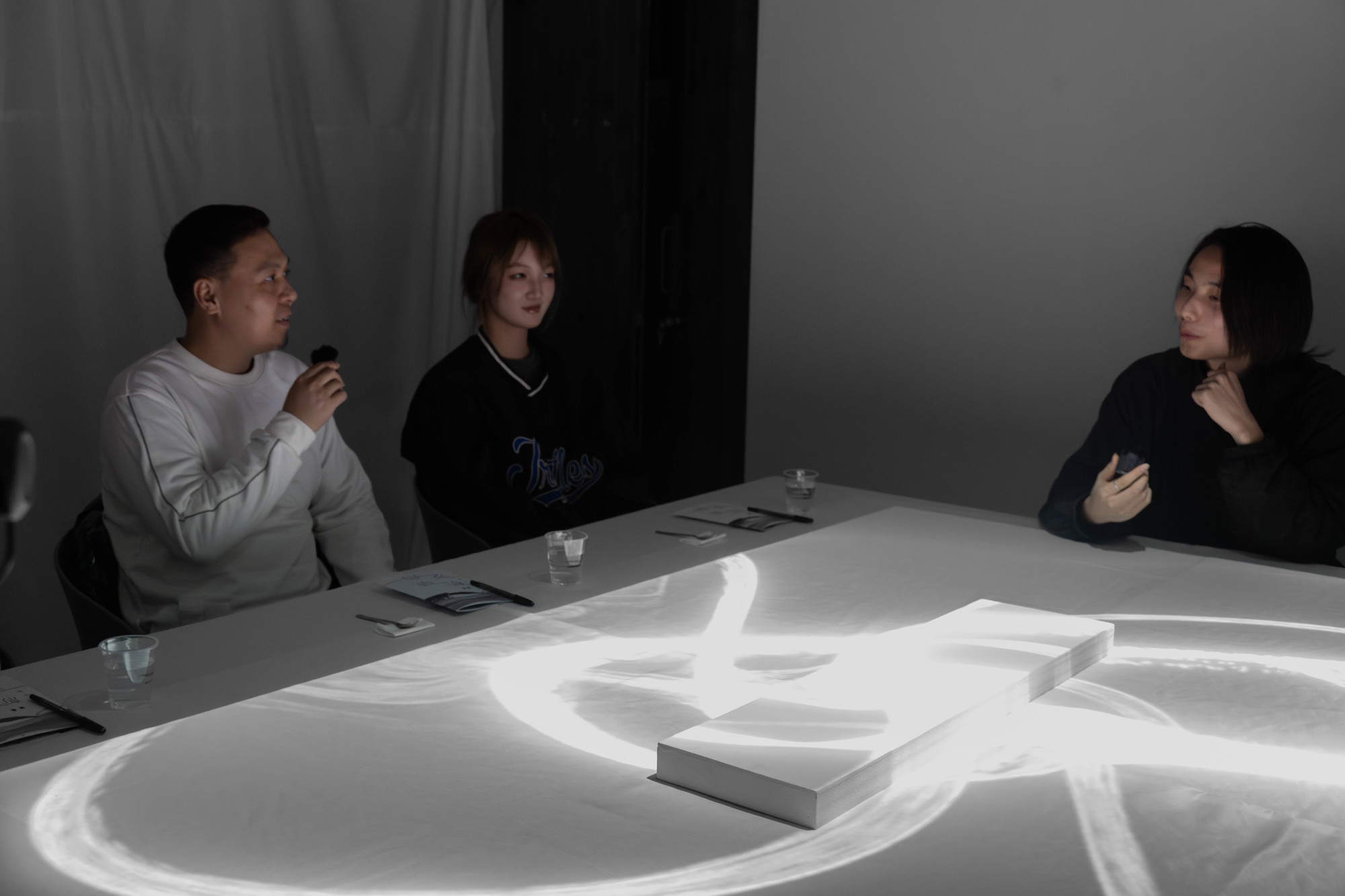
Site Photos
Guest Exchange
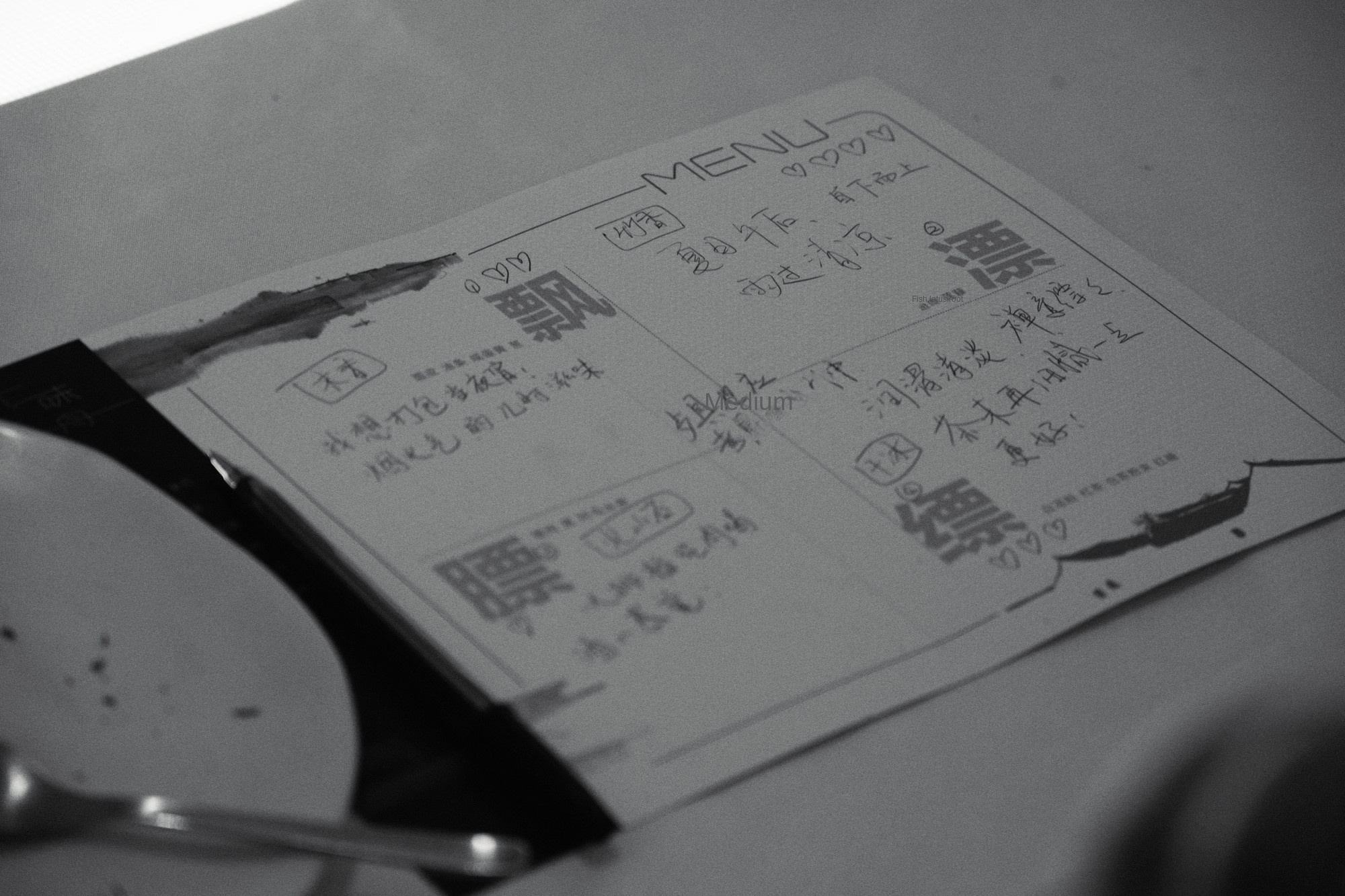
Site Photos
Guests feel
Hangzhou Wei Boating Case
The original plan envisaged that due to the limited ability of our students in all aspects of reality, the actual landing only realized the first part-the lake city banquet, and the dishes were also selected.
Hangzhou Flavor Boating HANGZHOU flavors afloat focuses on Hangzhou's memories of Hangzhou and diners in the form of offline workshops. Based on Hangzhou's unique food culture and historical background-"Lake" and "Chengxiang", afloat describes the changes from the past unique characteristics to today's trend of integration. Through carefully designed dishes with sensory interaction effects and behavioral experience, diners can feel multiple dimensions of food cognition, combined with the individual's own experience and memory of Hangzhou, the abstract is the unique artistic conception of Hangzhou in my mind.
We designed two dishes according to the artistic conception of the lake and the city respectively. We arranged the scene and invited people from the society in Hangzhou to experience a "lake city banquet" together ". The following is a four-course design presentation.
The first "Gone with the Wind". Ingredients: flour cake, fried dough sticks, onion, salted egg yolk. Container: bamboo steamer.
Between the crushed egg yolk and the tender onion enveloping flour cake, the texture of "flipping" is deliberately shaped by pressing. The oil and chives are fused together, making the taste crisp, solid and warm, with rich layers. The dishes are accompanied by an incense burner to burn holy wood, which is full of smoke and leaves the ashes of plants and trees with a fresh and dense sense of smell. The ears are accompanied by the sound of sparks bursting, and the tangled flames are jumping in front of them.
The second "drift". Ingredients: fish, lotus root. Container: Plain porcelain plate.
Dense and delicious fish paste mixed with lotus root diced, steamed in the mold to shape and then boiled in water, simple seasoning. Plain porcelain plate with grasses and earthy fragrance after rain, decorated with cherry tomatoes. Diners sit on the water pad, feet empty, natural balance, the sound of rain, running water gurgling, photoelectric ink stained the tablecloth. The delicate flavor of fish and lotus root are intertwined, soft and moist.
The third one is fat. Ingredients: pork, onion, seasonal fruit. Container: wooden board, volcanic stone.
The meat paste becomes firm through cooking, and is placed on the hot volcanic stone. The soup oil is squeezed out at high temperature together, making a sizzling sound. With moist fruits, it is salty and sweet, which plays a role in harmony. The combination of wood and stone has a simple natural texture. Diners need to hold air cushions to prevent them from falling. While maintaining stability, the sound of frying oil and the crowd are endless. In front of them, red and yellow masses shrink and blend.
The fourth one." Ingredients: white jelly, black tea powder, brown sugar. Container: White porcelain plate.
Boil a pot of black tea, boil it in a pot, add white jelly and brown sugar, stir, refrigerate for solidification, sprinkle white tea powder, and finally present in the white porcelain plate is crystal clear tea jelly, which tastes cold and lubricated, and is difficult to scoop up with tableware. Everyone was asked to keep silent. There was only natural white noise and a few elegant music in the scene. Dry ice sublimated and overflowed from the center of the table, dispersed on the table, and floated in the light and shadow.
Each diner will be given a copy of our menu and they will write down their immediate feelings during the experience. Through their eloquence, we intend to explore the artistic conception and cultural heritage behind Hangbang cuisine, and to elucidate the core of Hangbang cuisine in the new era.
Hangbang cuisine has always been criticized in recent years, and the Internet has also been called "gourmet desert. Whether this is the case, we try to find out. After groping, we found that Hangbang cuisine is a dish with "artistic conception.
Through written research, we found that Hangzhou's dishes became "gang" from the late Ming and early Qing Dynasties. At that time, Hangzhou's dishes were divided into two groups-"Hushang" and "Chengxiang". We have combed and explored understanding.
The word "on the lake" reminds us of the West Lake in Hangzhou. In fact, the lake in the "lake on the lake" school not only refers to the West Lake, but also refers to the hydrology near the old Hangzhou city and the surrounding hills and woodlands. The cooking methods of the dishes on the lake are mostly raw stir-fried, stewed and tender stir-fried. They are quite exquisite in production. The flavor is fresh, delicious, crisp and tender. Longjing shrimp and Xihu water shield soup have the legacy of that time. These dishes are either elegant and delicate, or delicious and moist, and even the selection of ingredients is mostly related to water. Coupled with the title of "on the lake", it can remind people of the scenery of Jiangnan and West Lake, which is a graceful and elegant charm. The fresh and refined artistic conception of "the water is bright and sunny, the mountains are empty and the rain is strange" is perfectly appropriate to explain the core of "on the lake" in Hangzhou cuisine. This elegant interest and the aura of Jiangnan highlight the word "elegance.
The word "city" means the area close to the city, and also refers to the city in general. The Song Dynasty moved to the south and the construction of the Beijing-Hangzhou Grand Canal all made Hangzhou a prosperous place for commerce and trade in history. Private restaurants spread all over the streets and lanes to reconcile the crowd. The dishes of "Chengxiang" are relatively more characteristic of catering to the taste of the public. Steaming, stewing, boiling and burning are the main cooking methods of "Chengxiang". Its taste is salty, fresh and tender, light oil and light pulp. The majority of the materials are meat, which is very rich in human fireworks and has become the diet of the general public. Today's preserved Hangzhou dishes have their own style of Dongpo meat and fish head tofu. A "real" word.
We try to use food and various sound and light techniques to reproduce the artistic conception of the two schools, but we also intend to keep the expression in a chaotic state, so that diners can have more space for their own imagination and substitute themselves in. The ancient situation meets the present people, and this is the most valuable thing to draw out the contemporary people's understanding of the artistic conception of Hangbang cuisine.
At this banquet, many people recalled their past or childhood. Some visitors claimed to prefer heavy tastes and were not used to Hangzhou food, but preferred the realm of peace and tranquility. Young people like lively and delicious prosperity, while middle-aged people are more persistent and simple. The same dish, some people think in the cold winter, others think in the early summer after the rain......
Through these, we find that today's lake and city compartment are not separated, but are moving towards integration to jointly build the image of Hangzhou cuisine. The feedback given by diners based on Hangzhou memory can also help us to explore the spiritual core and future direction of Hangzhou cuisine.
Student of the Institute of Life Aesthetics, Institute of Industrial Design, China Academy of Art.












